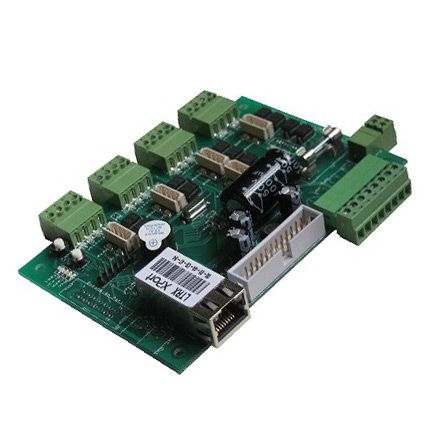

The Aesthetic and Functional Appeal of Mirrored Glass Windows
Mirrored glass windows have become increasingly popular in modern architecture, not only for their striking aesthetic appeal but also for their functional benefits. These reflective surfaces can add a touch of elegance and contemporary style to buildings, while simultaneously serving practical purposes that enhance the living and working environment.
One of the most significant advantages of mirrored glass windows is their ability to reflect the surrounding landscape. This characteristic allows buildings to harmonize with their environment, blending natural beauty with architectural design. For instance, a skyscraper adorned with mirrored glass can create a stunning visual effect as it reflects the clouds, the sun, and the cityscape around it. This transformative quality makes mirrored glass an attractive option for urban settings where traditional stone or concrete facades might seem monotonous and out of place.
Beyond aesthetics, mirrored glass windows offer substantial functional benefits. One primary advantage is their energy efficiency. By reflecting sunlight away from a building, mirrored glass can help keep indoor spaces cooler, reducing the need for air conditioning during hot months. This feature not only contributes to lower energy bills but also aligns with growing sustainability efforts in the construction industry. Architects and builders are increasingly aware of their responsibilities towards the environment and are incorporating materials and design choices that minimize ecological footprints.
Furthermore, the reflective nature of these windows provides privacy without sacrificing natural light. In urban environments, where buildings are often close together, privacy can be a significant concern. Mirrored glass allows occupants to enjoy unobstructed views of the outside world while preventing outsiders from seeing in. This balance of light and privacy is particularly appealing for residential buildings and offices alike, as it creates comfortable living and working spaces that feel safe and secluded.

However, the use of mirrored glass windows is not without its challenges. For instance, their reflective surfaces can sometimes cause glare for pedestrians and neighboring buildings, which is an important consideration in the design process. Moreover, maintenance can be more demanding than with traditional glass, as the surfaces require regular cleaning to maintain their reflective quality. Nonetheless, many find that the benefits far outweigh these potential downsides.
In terms of design versatility, mirrored glass can be integrated into various architectural styles, from sleek, modern structures to more eclectic designs. It can be used as simple accents or as the primary material for entire buildings. This flexibility allows architects to experiment with angles and shapes, creating distinctive designs that stand out in any landscape.
As urban environments continue to evolve, the use of mirrored glass windows will likely become even more prevalent. Their ability to create visually appealing, energy-efficient, and privacy-conscious spaces makes them an ideal choice for modern architecture. Whether reflecting the beauty of a bustling city or the serene landscape of a suburban neighborhood, mirrored glass windows will continue to fascinate both builders and occupants, standing as a testament to the harmonious coexistence of nature and innovation.
In conclusion, mirrored glass windows represent a fusion of aesthetic elegance and practical functionality, making them an influential element in contemporary architecture. As society moves toward sustainability and enhanced living environments, the allure of mirrored surfaces will likely captivate future designs, leading to even more breathtaking structures that reflect not only their surroundings but also the aspirations of their inhabitants.